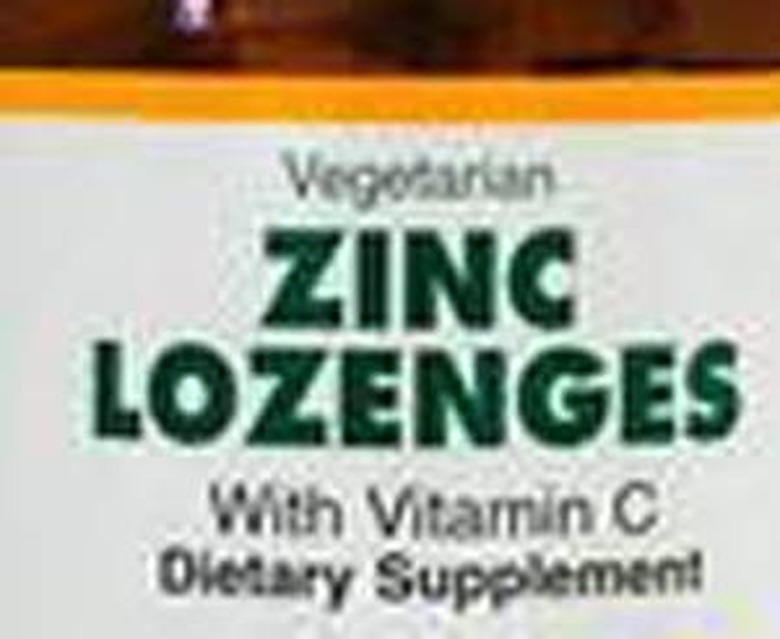Where Was Zinc Discovered?
Zinc has been used for centuries prior to the discovery of the individual element. From strengthening brass to galvanizing steel, zinc's uses in manufactured products are extensive. It is also necessary for us to ensure that enough zinc is in our diets in order to avoid zinc deficiencies and to live healthy lives.
Facts
Facts
Zinc is abbreviated as Zn on the Periodic Table of the Elements and its atomic number is 30. Our human bodies use zinc for skin and bone health, sexual maturation and to process food and nutrients, claims the Mineral Information Institute. The human body needs 0.003 percent of zinc to be healthy. It is also "essential in the diets of plants and animals," reminds Web Elements.
History
History
The element zinc was discovered in Germany in 1746 by Andreas Marggraf. However, zinc ores were commonly used to make brass as early as 1400 to 1000 B.C. in Palestine and an "alloy containing 87 percent zinc was discovered at prehistoric ruins in Transylvania," according to Web Elements. "In the 1200s, India produced zinc metal by burning organic materials with smithsonite," also known as zinc carbonate, states Mineral Information Institute.
Geography
Geography
"Zinc is mined in about 40 countries with China being the leading producer, followed by Australia, Peru, Canada and the United States," states the Mineral Information Institute. Alaska mines the most zinc in the U.S., followed by Tennessee and Missouri. Ogdensburg, New Jersey, was once a large producer of zinc, but these mines are now closed. The U.S. currently imports most of its zinc from Canada, Mexico and Peru.
Function
Function
Zinc has many uses. Primarily used in a variety of coating processes in order to protect other metals from the elements, it is also commonly used in powder and dust form, as an oxide, and for medical purposes. Zinc is found in dry batteries and hardens the brass that coats the U.S. penny. Zinc alloys are often combined with other metals in order to strengthen and harden them.
Warning
Warning
Zinc is non-toxic. However, some zinc salts may cause cancer. The metal zinc is commonly a skin irritant and a serious fire hazard, claims Web Elements. Zinc deficiency also slows growth and male sexual maturation. "When animals do not have enough zinc in their systems, they need to consume 50 percent more food to match the weight gain of an animal with enough zinc in its body," mentions Mineral Information Institute.
Cite This Article
MLA
Korenchan, Catherine M.. "Where Was Zinc Discovered?" sciencing.com, https://www.sciencing.com/zinc-discovered-5391029/. 24 April 2017.
APA
Korenchan, Catherine M.. (2017, April 24). Where Was Zinc Discovered?. sciencing.com. Retrieved from https://www.sciencing.com/zinc-discovered-5391029/
Chicago
Korenchan, Catherine M.. Where Was Zinc Discovered? last modified March 24, 2022. https://www.sciencing.com/zinc-discovered-5391029/
